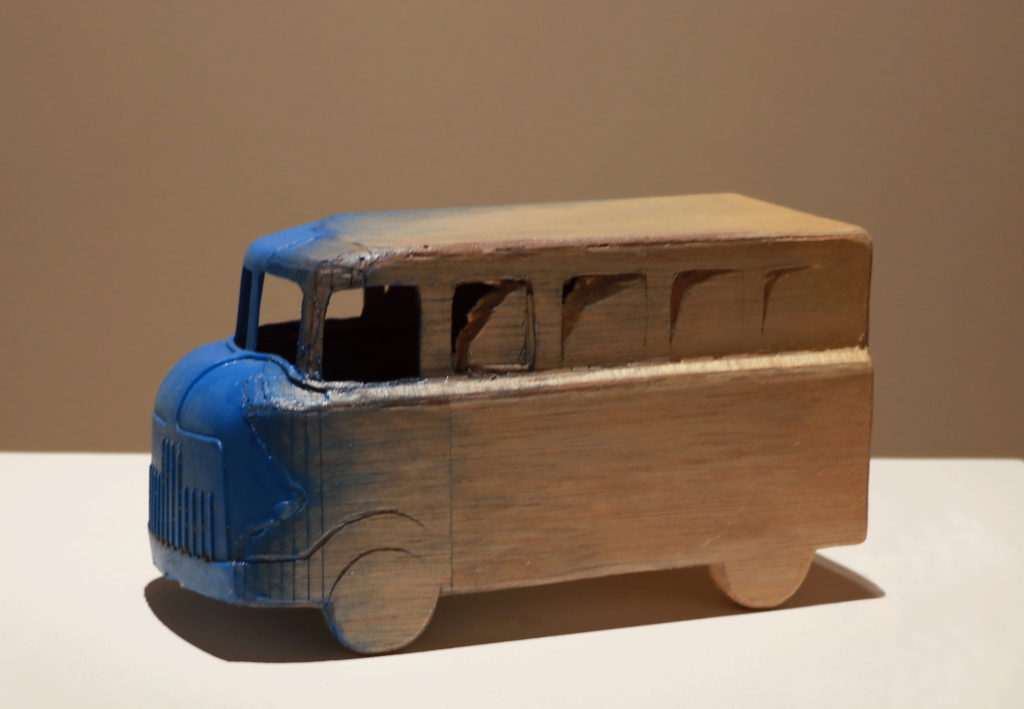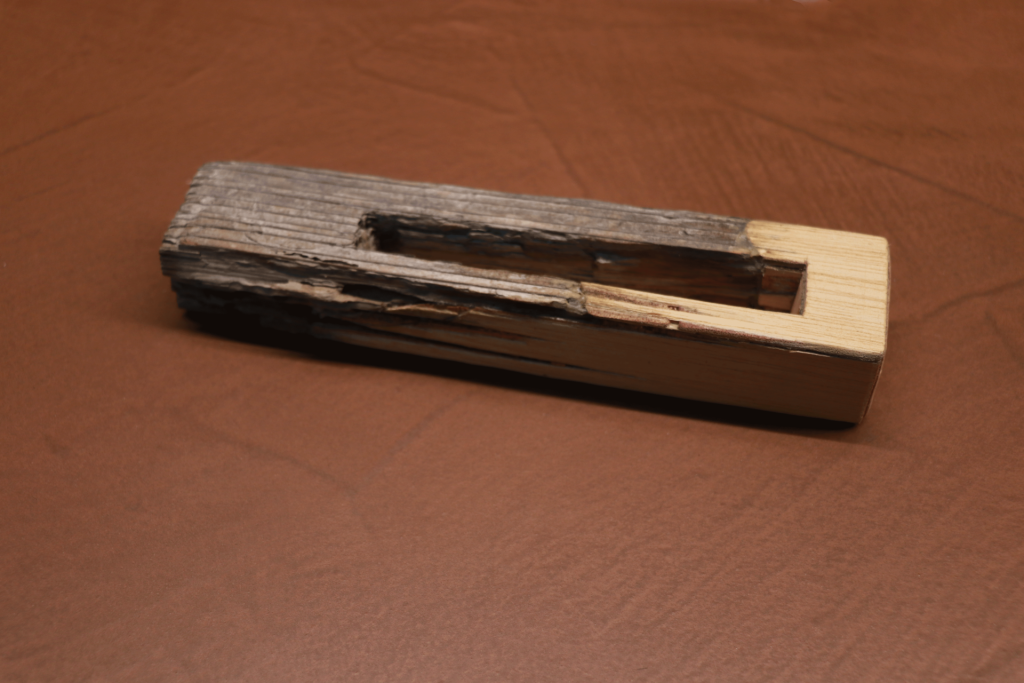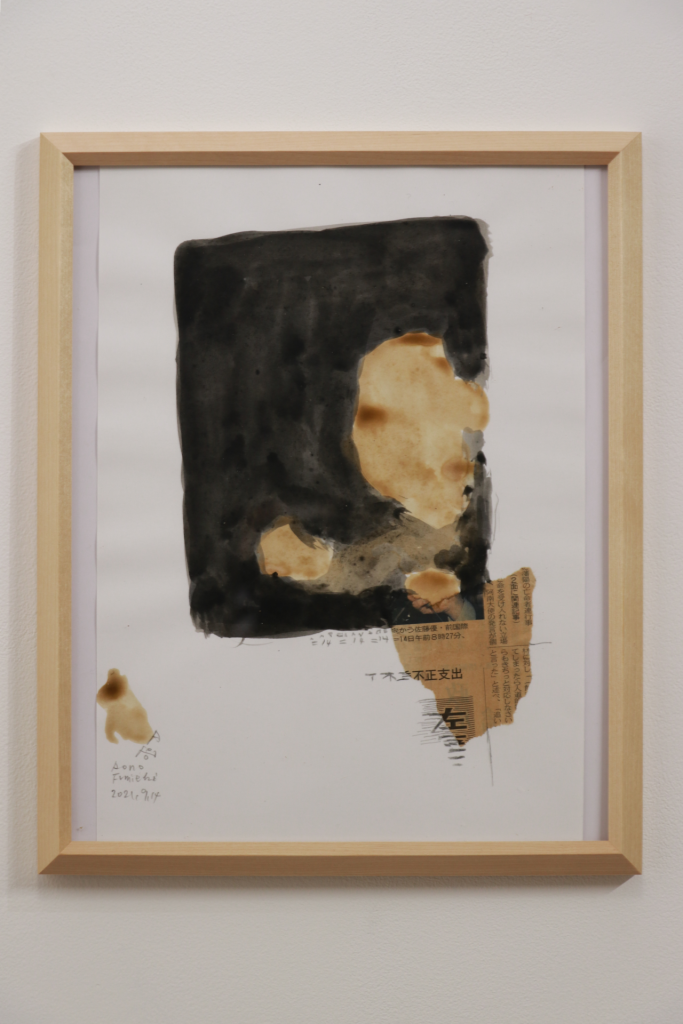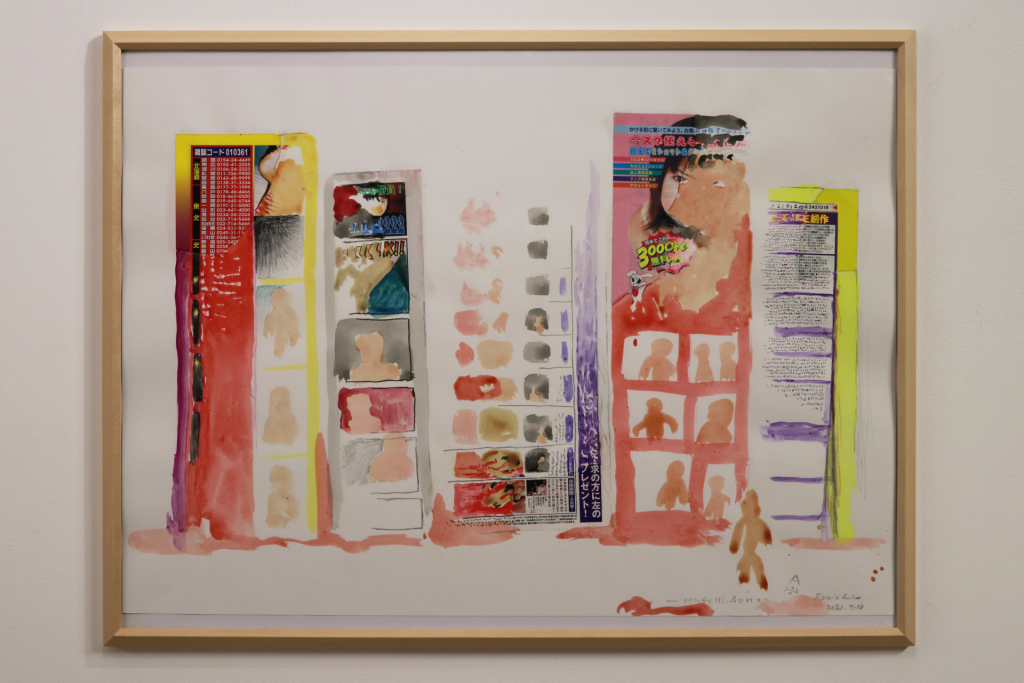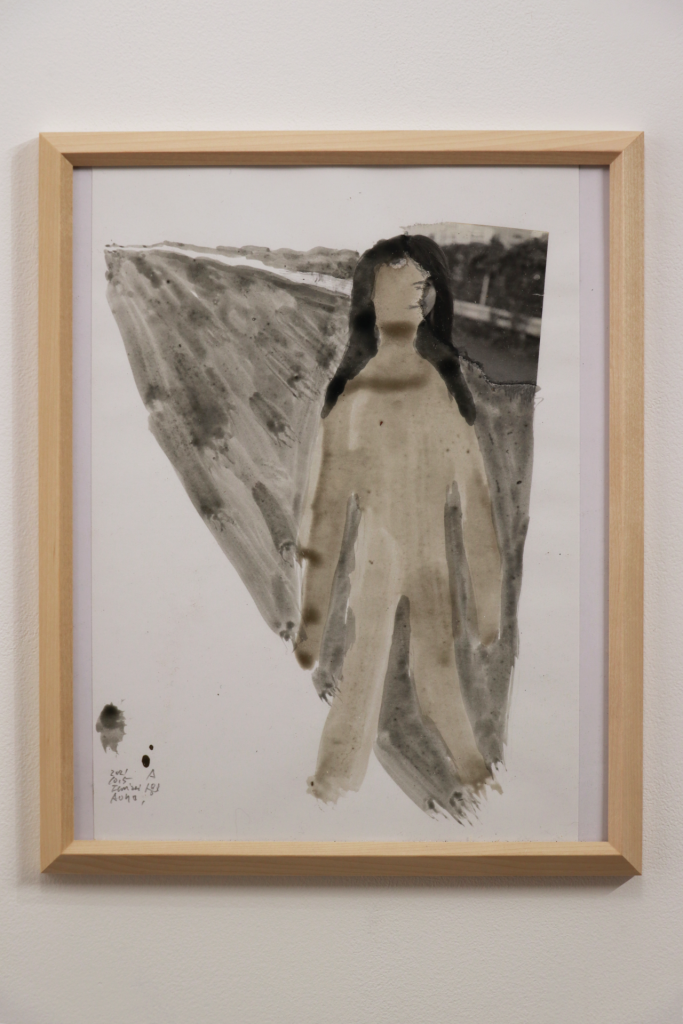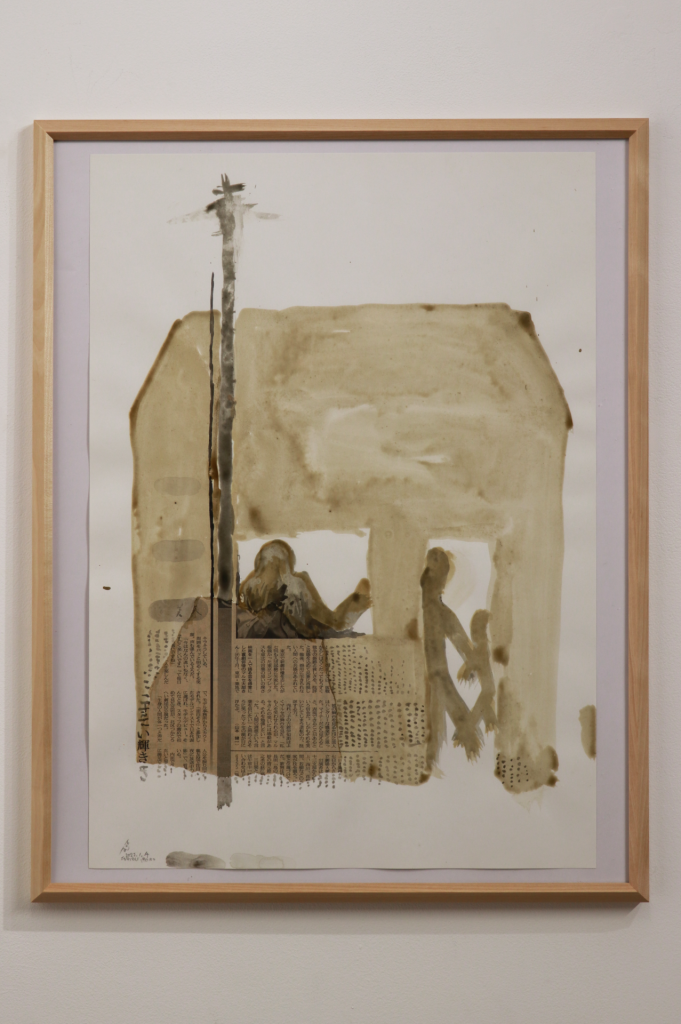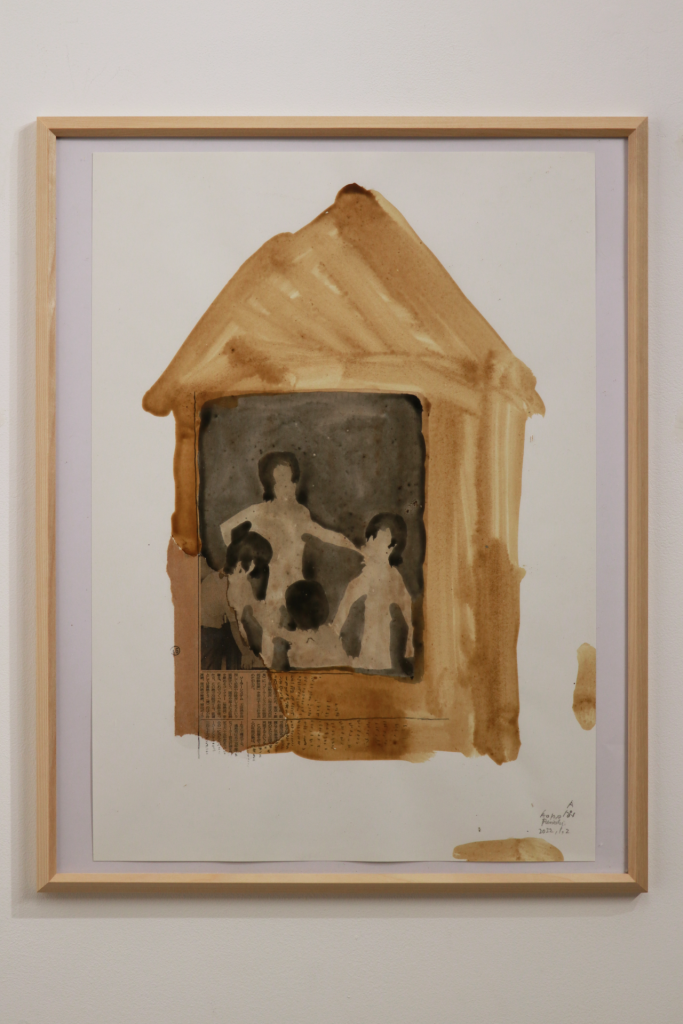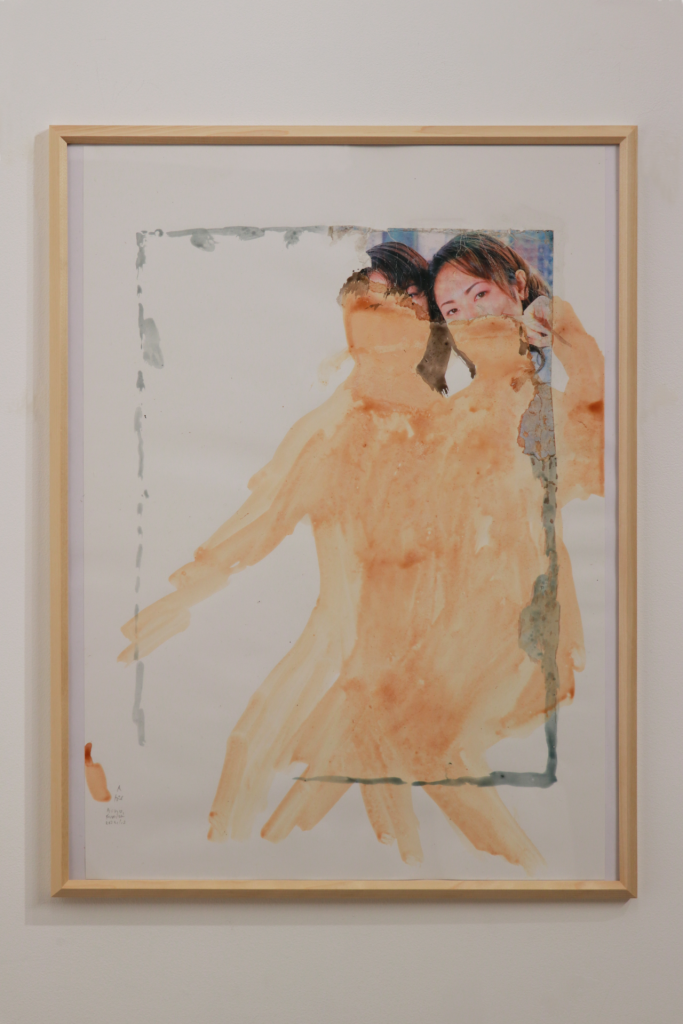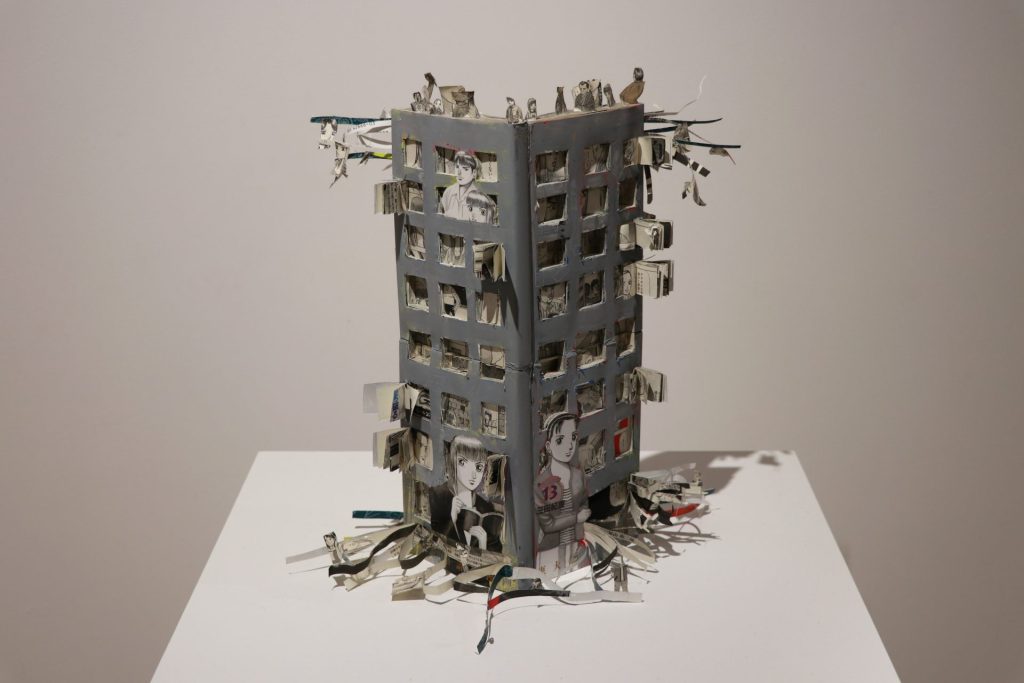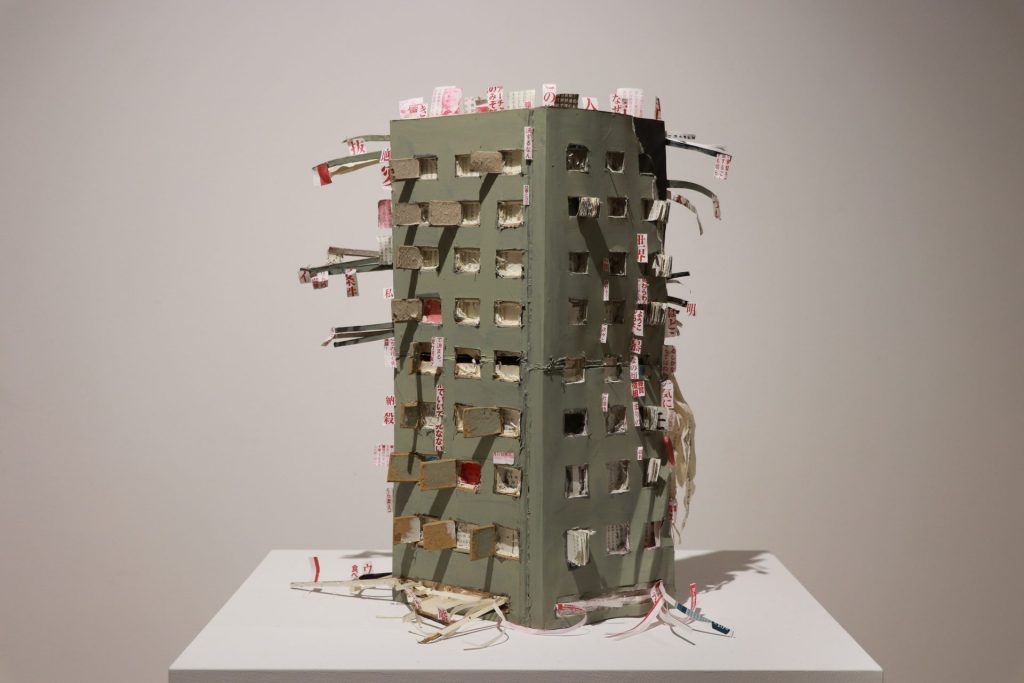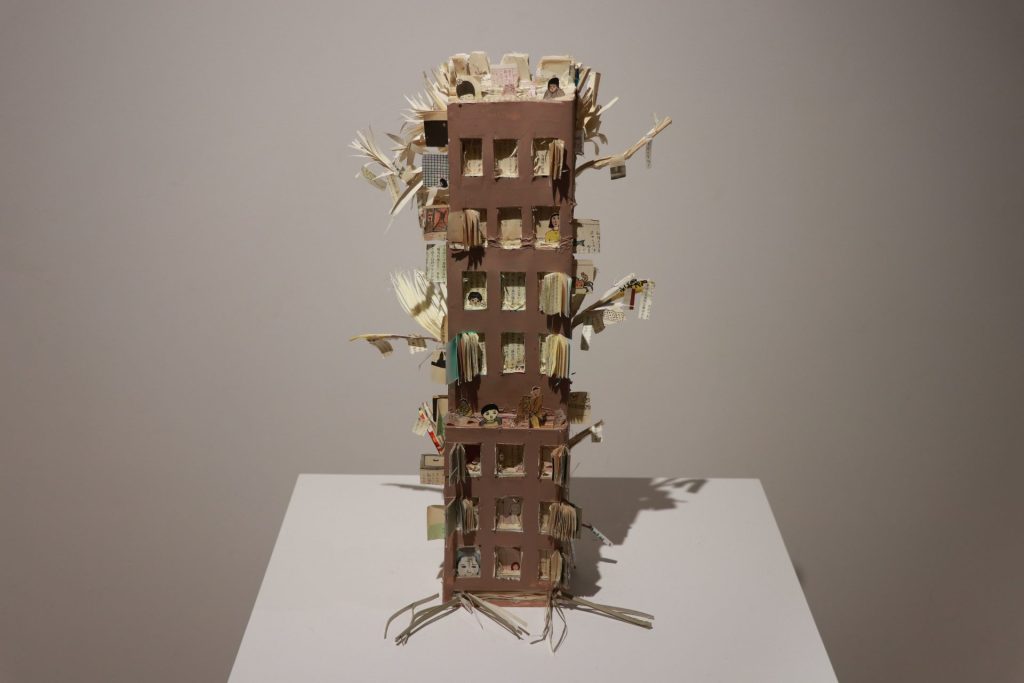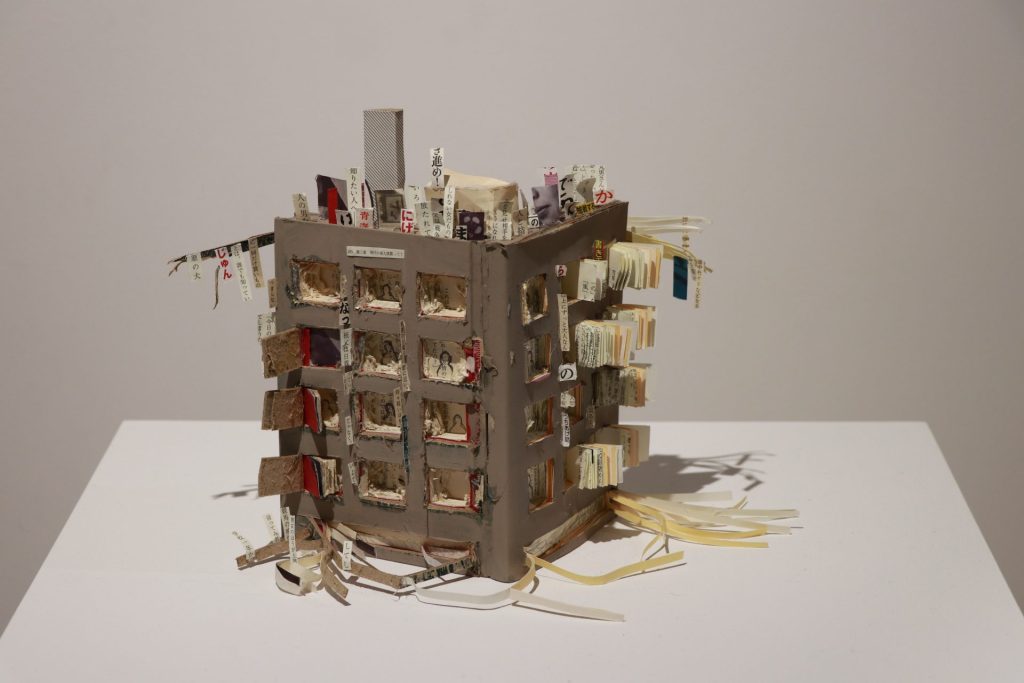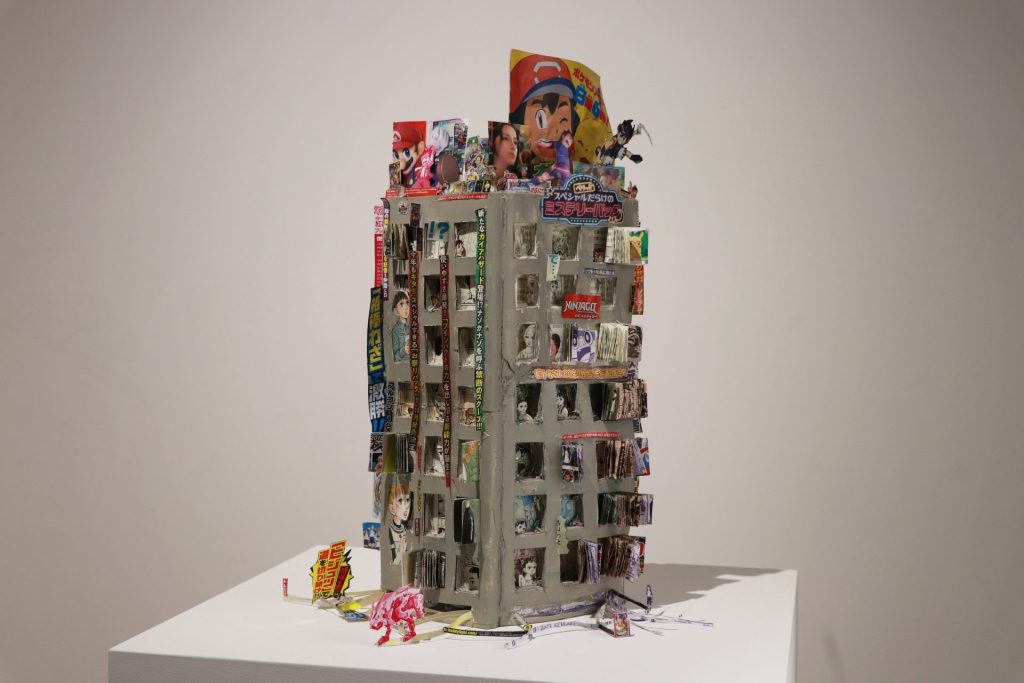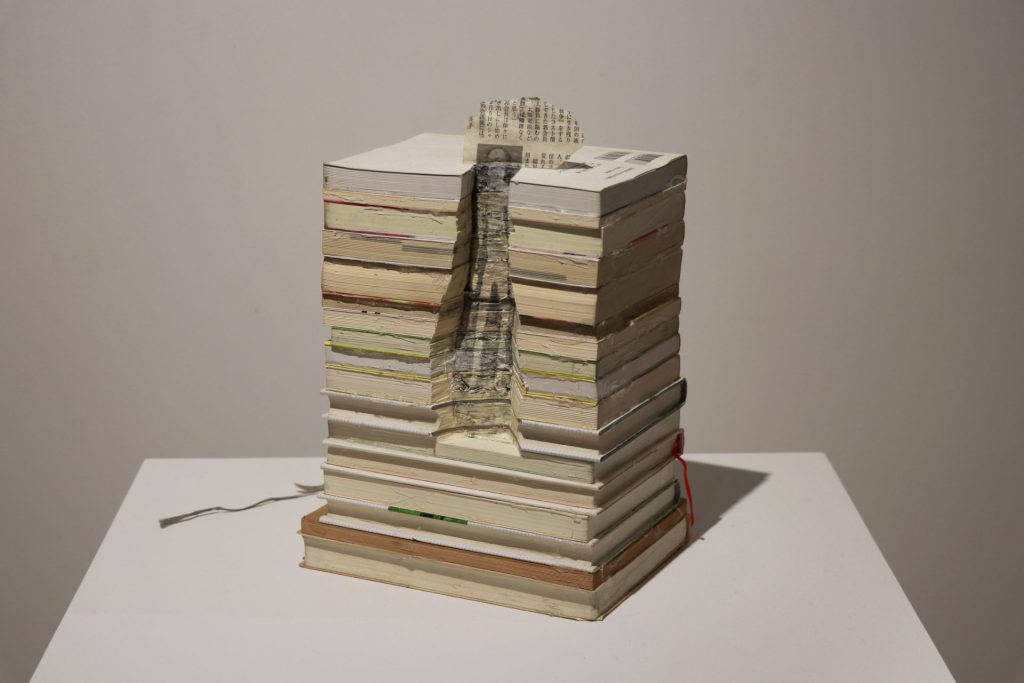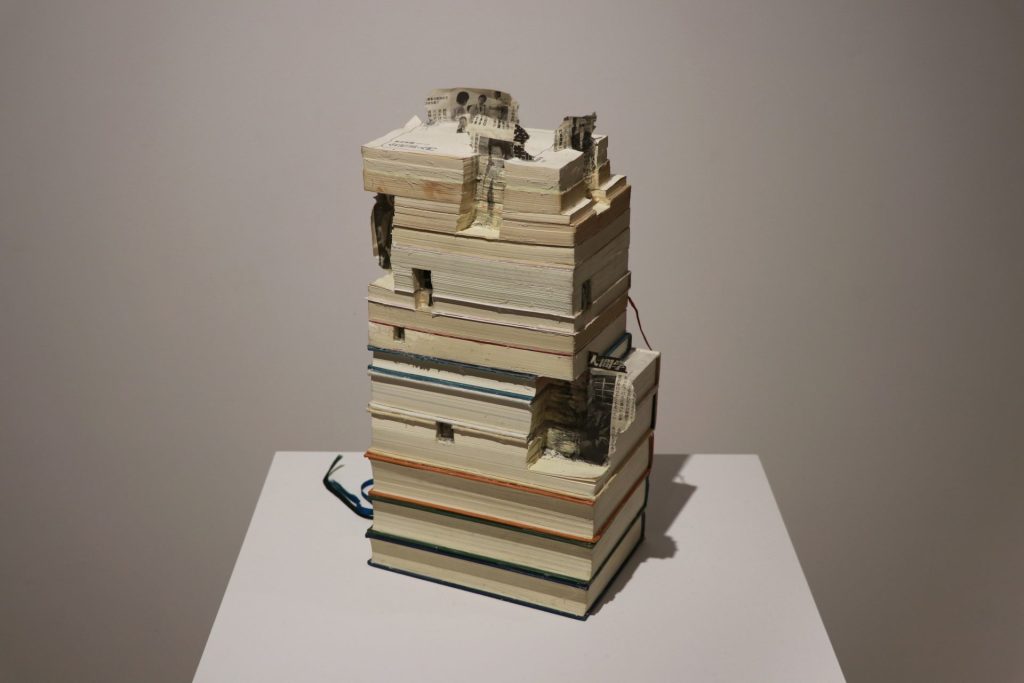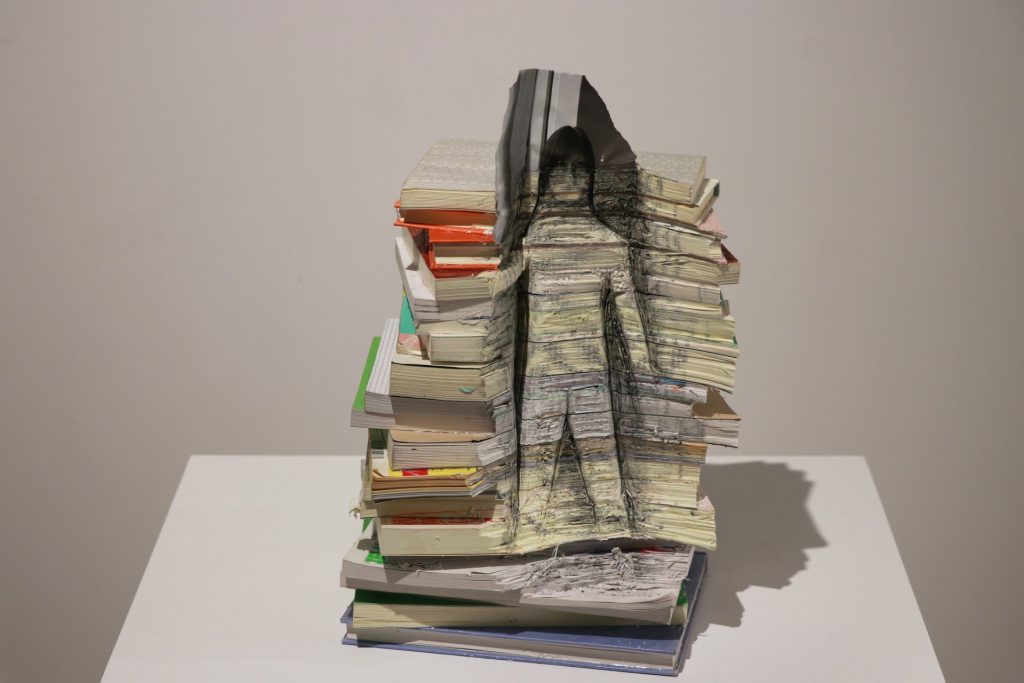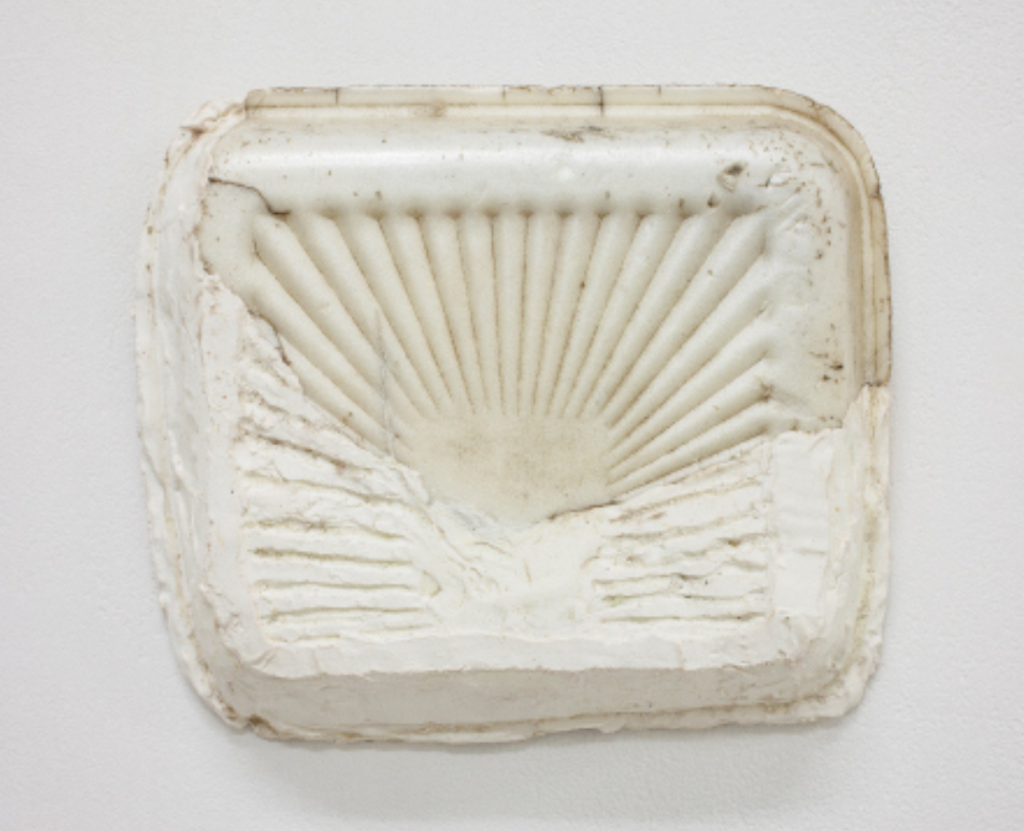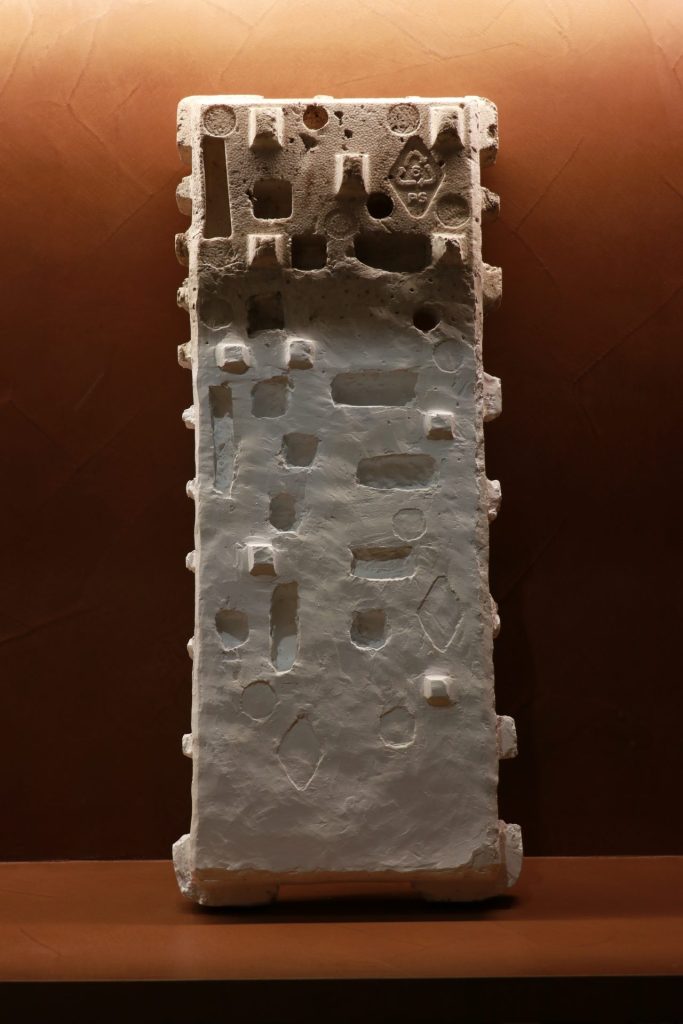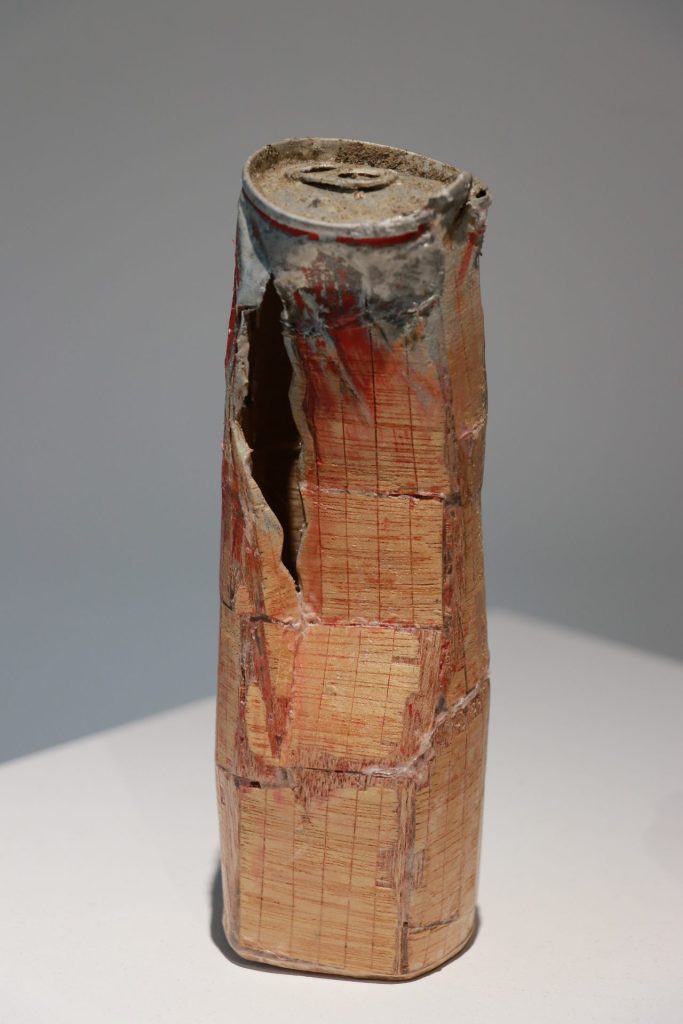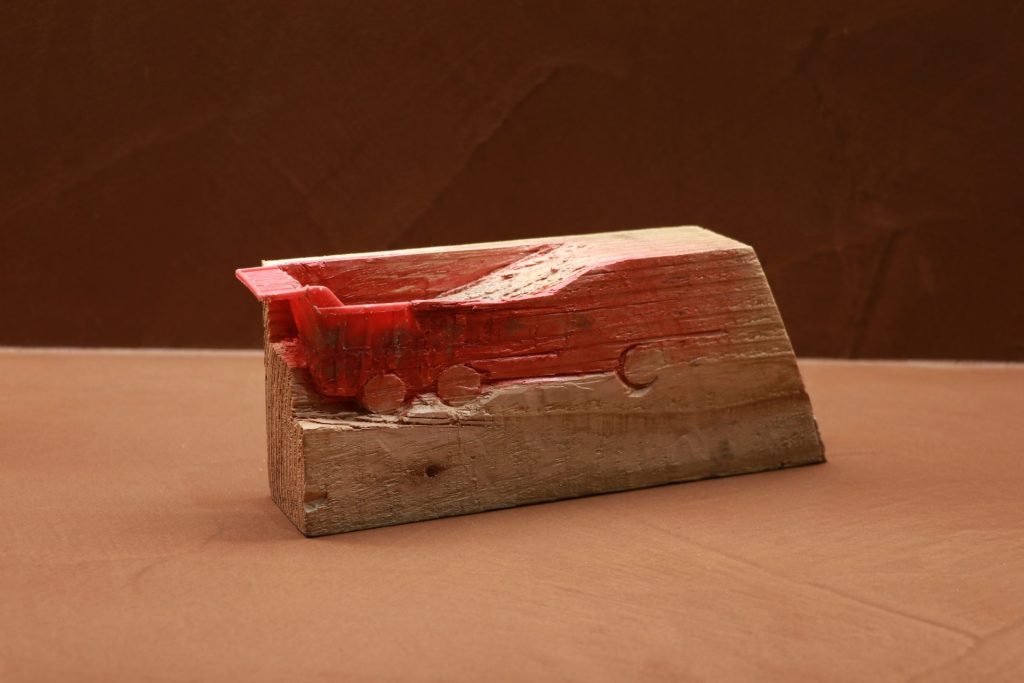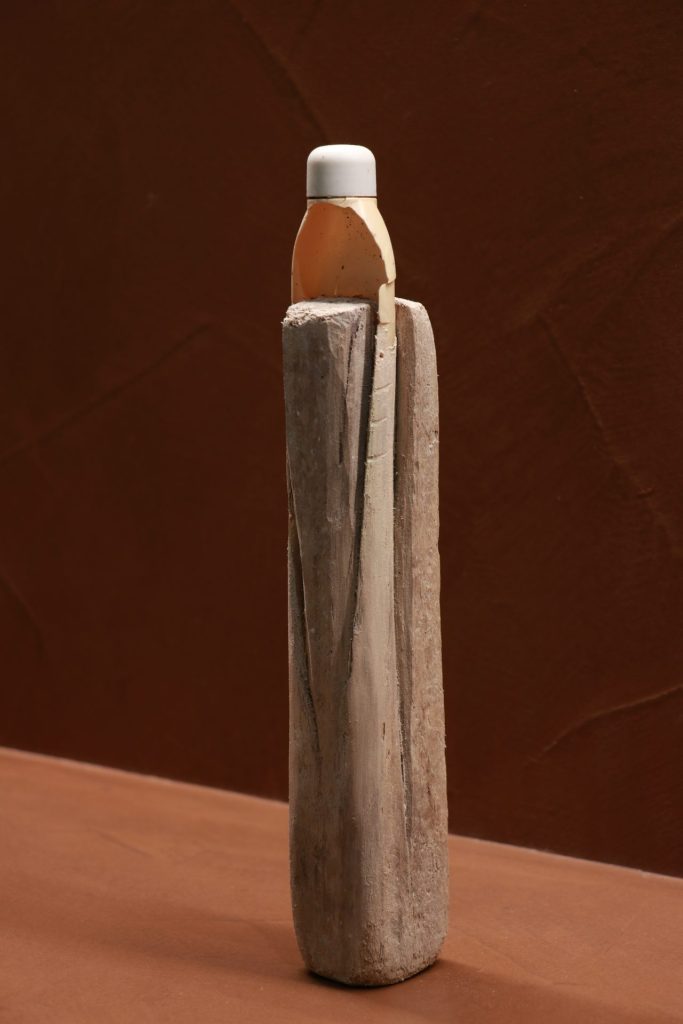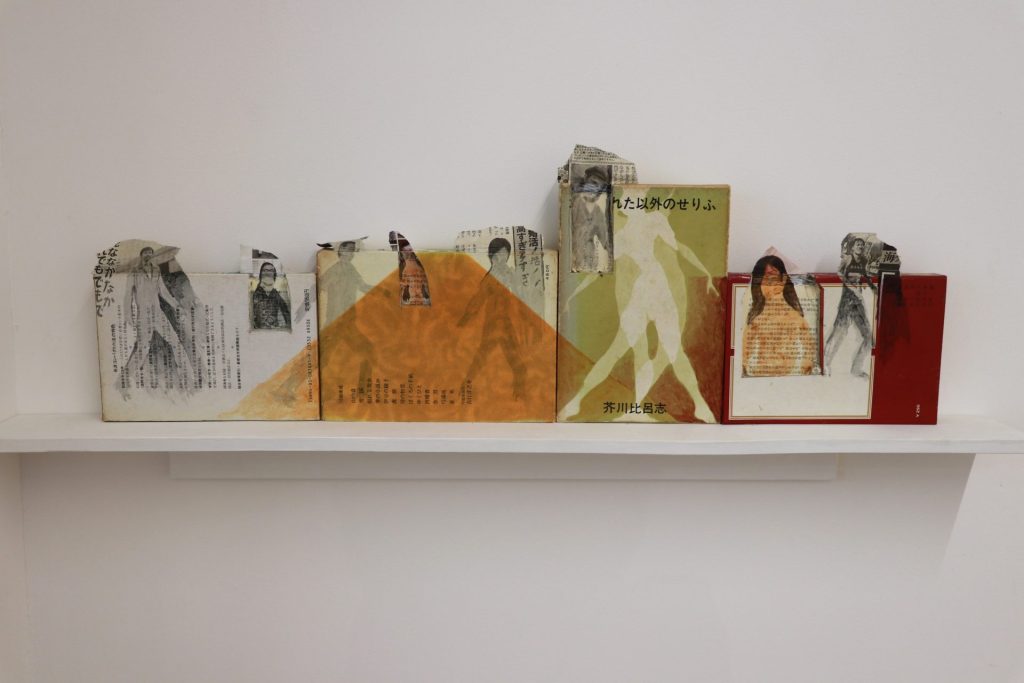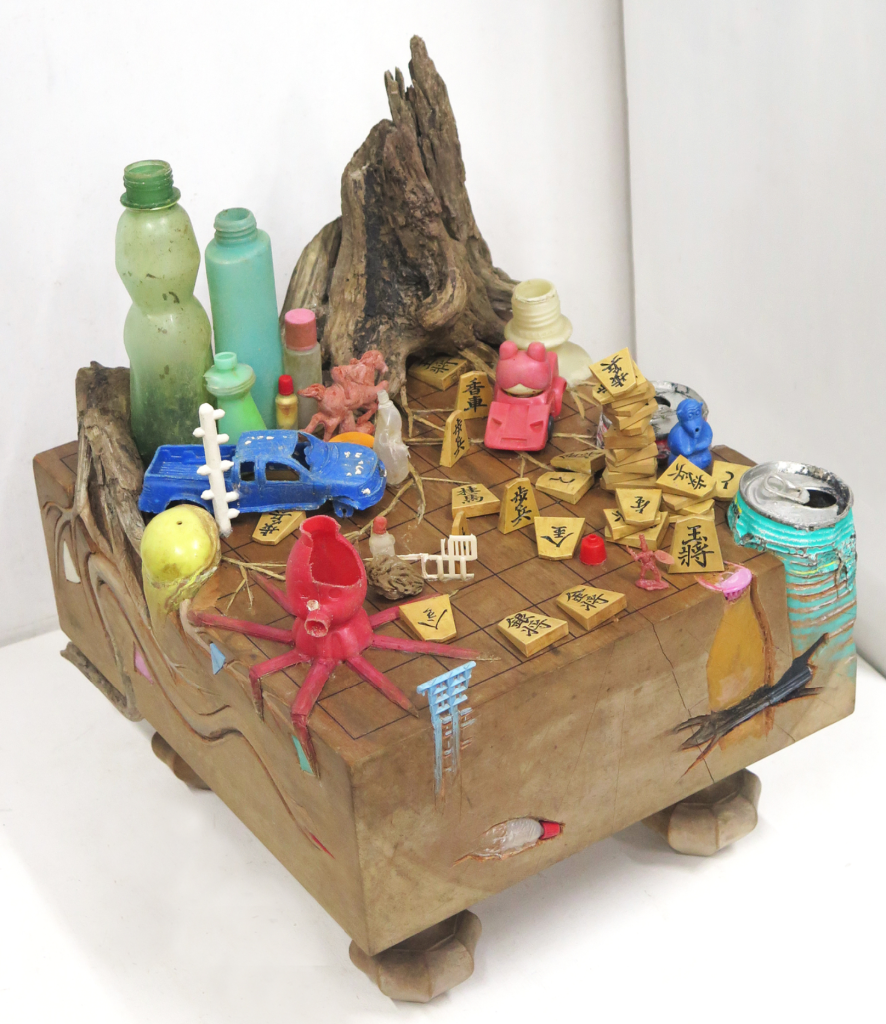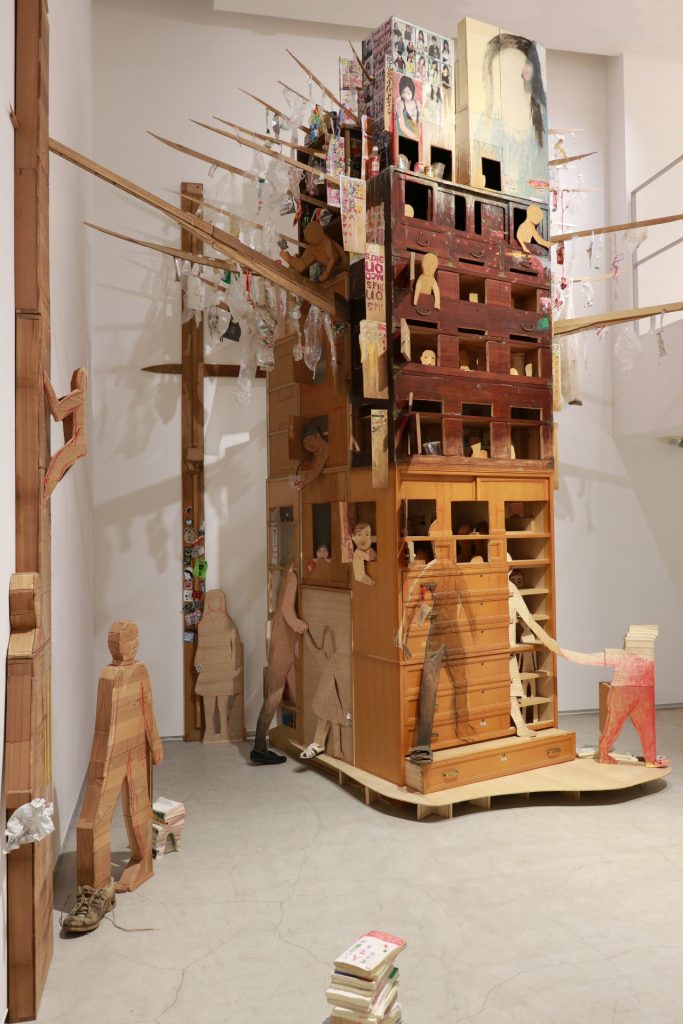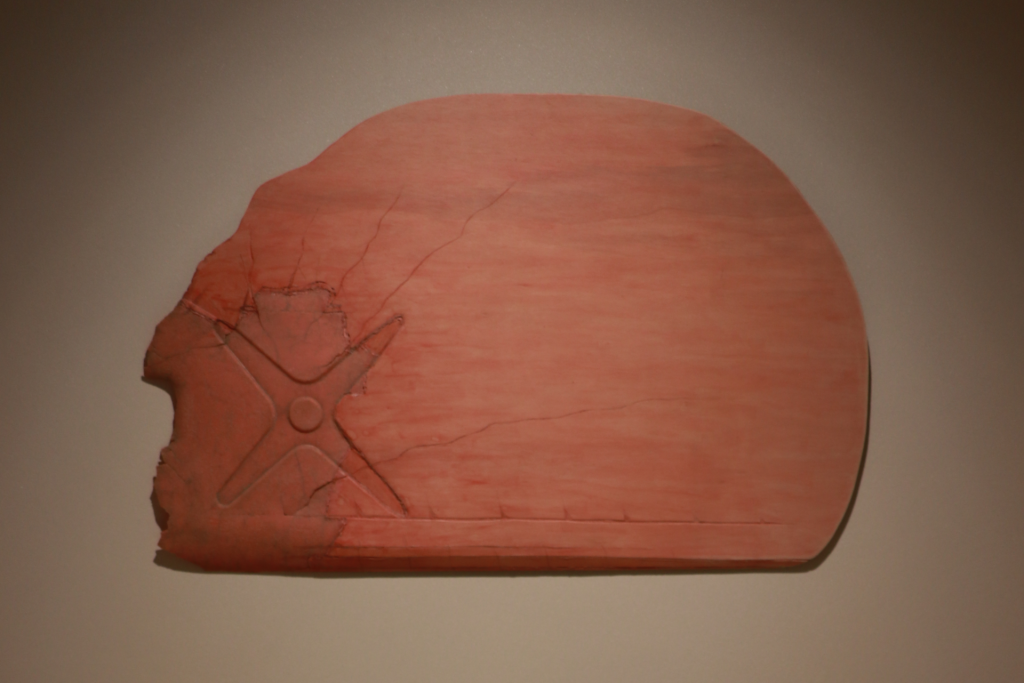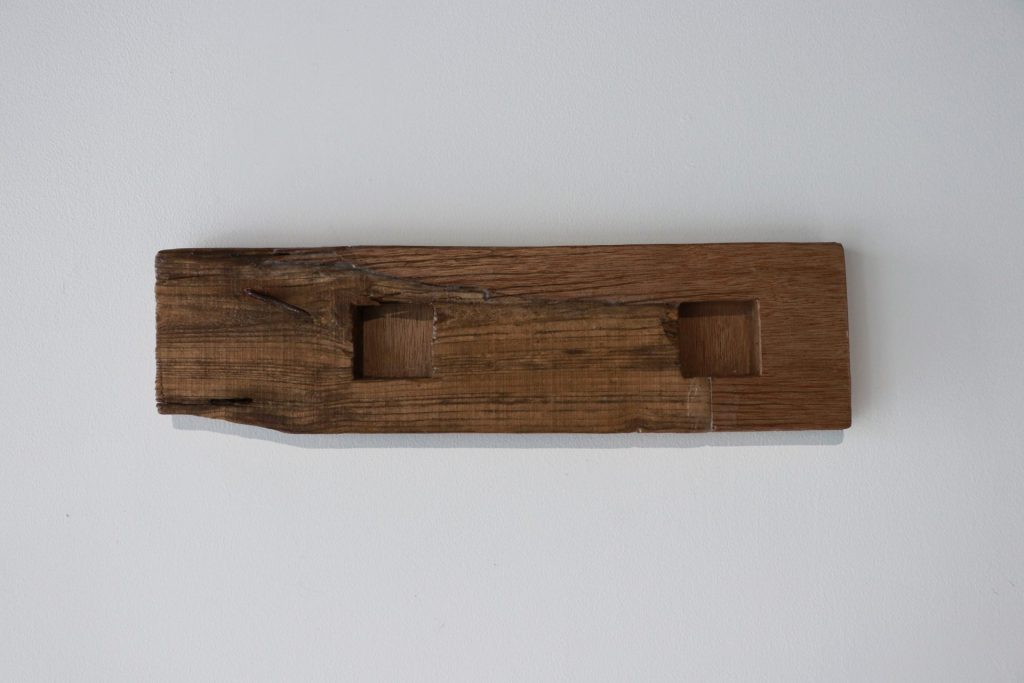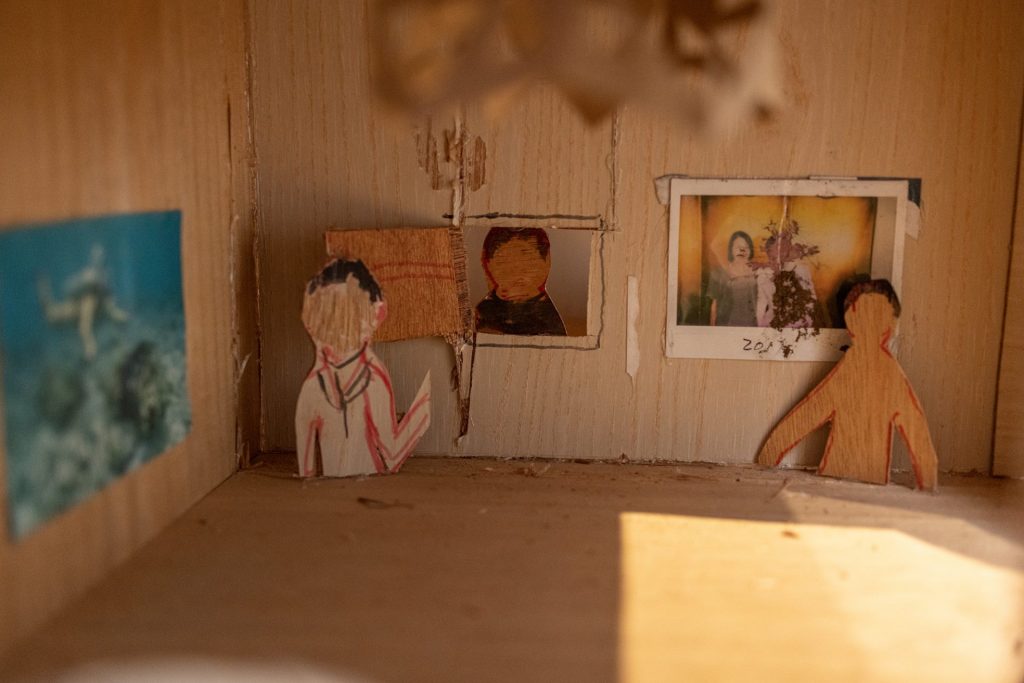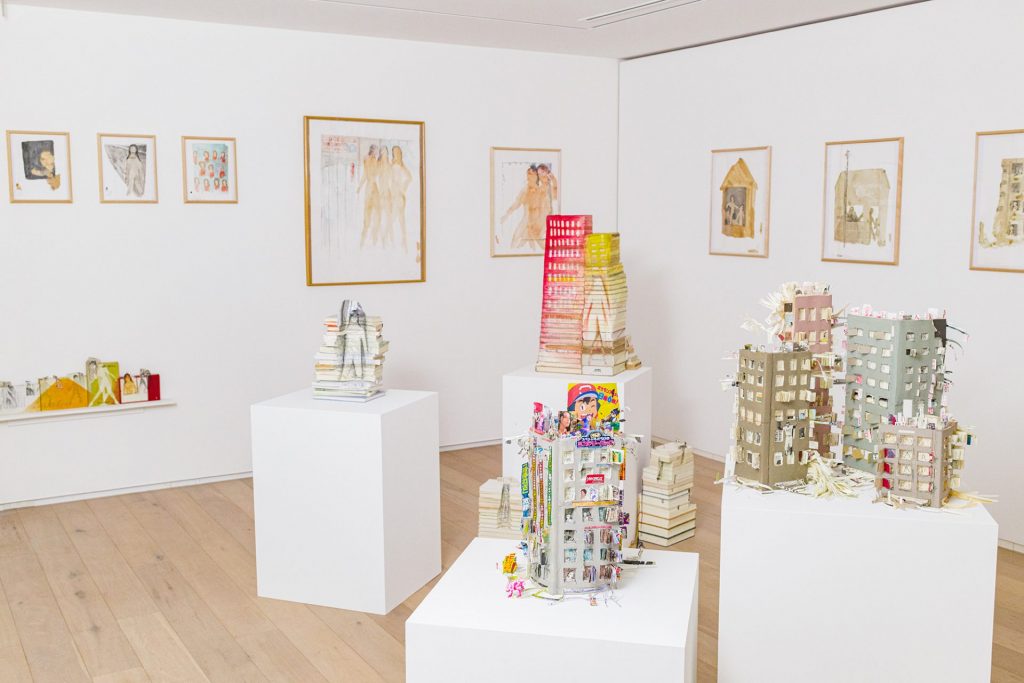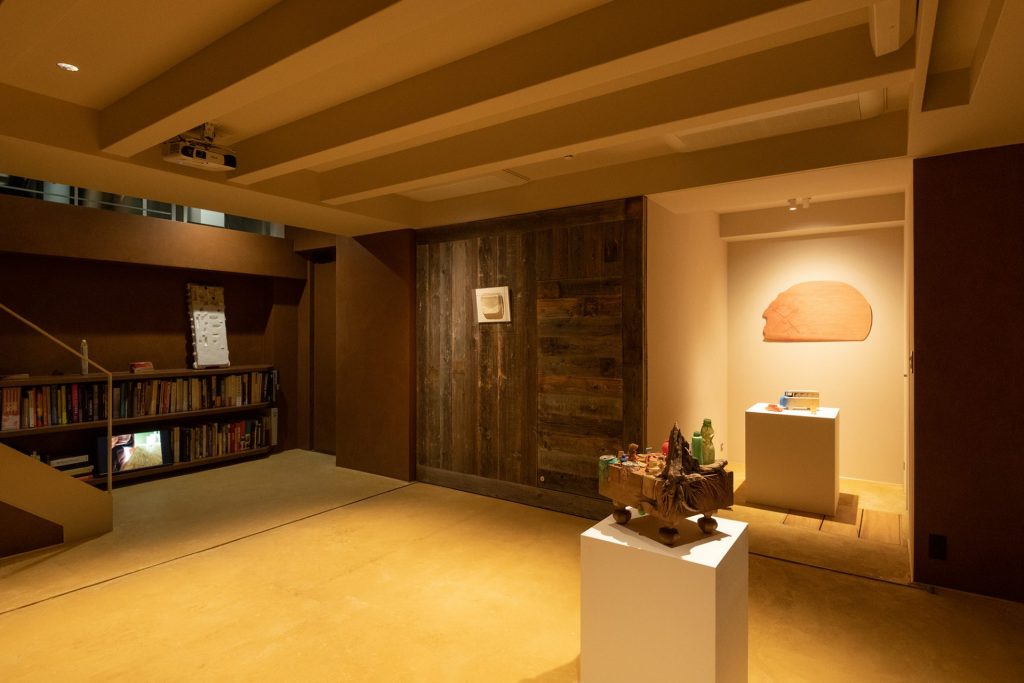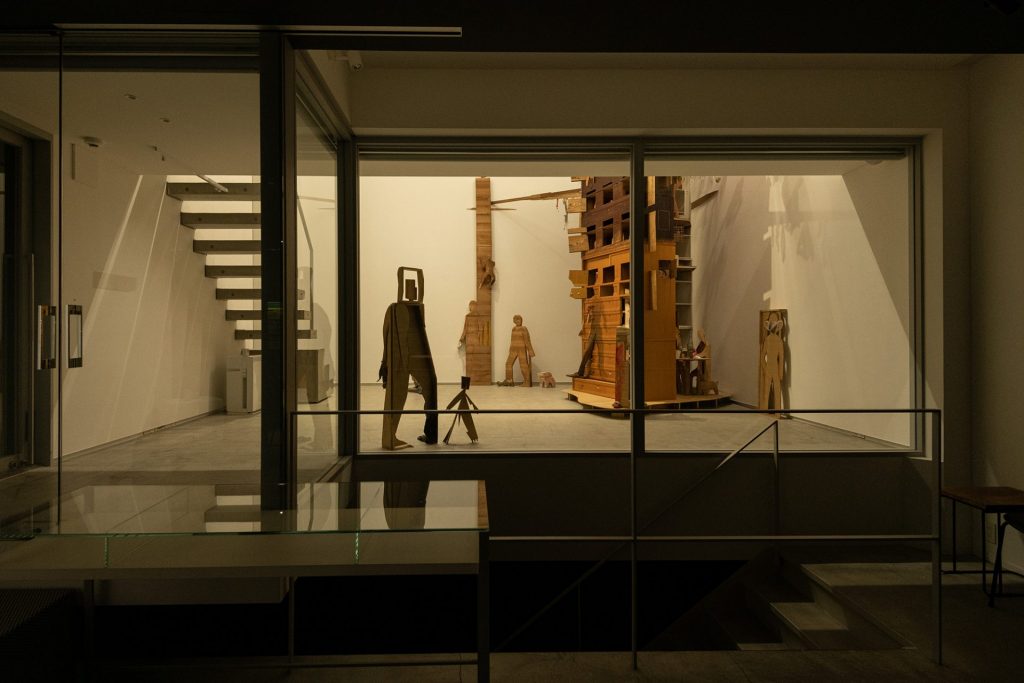EXHIBITIONS
Fumiaki AONO “Growing from the valley: The remnant of a Tate-mono”
- Information
- Works
- DATE
- 2022-01-14 [Fri] - 2022-02-13 [Sun]
- OPEN TIME
- 11:00-19:00[wed-sat]
12:00-18:00[sun]
- CLOSE DAY
- Mon, Tue, National holidays
LOKO GALLERY is proud to present Fumiaki Aono, a globally active artist based in Sendai, Japan, with his solo exhibition “Growing from the valley: The remnant of a Tate-mono”. In this exhibition, Aono will present his latest works inspired by the bowl-shaped terrain around Shibuya Station which is near the gallery, and the high-rise buildings constructed for the area’s redevelopment. From the act of “repairing” objects, Aono withdraws a narrative that leads the object’s primary reason of being to another dimension which arouses something profound to the audience’s sense and intention.
Photo: “Repair, coalescence and substitute, line, accumulation (Growing from the Valley: The remnant of a Tate-mono, Shibuya 2021-2022)” Fumiaki Aono
Fumiaki Aono “Growing from the valley: The remnant of a Tate-mono”
The basin is where a variety of things flow in – This is where streets are born to become a city to welcome in many more to flow in.
When flowing in, some may flow off to another place, some may build up and expand, some may be discarded and be drifted away, or settle in the basin.
For example, in a place like Shibuya, a city made in the bottom of the valley in Japan, we may experience this kind of “flow” in daily life. The flow of diverse things, like water, mud, waste, people, animals and plants, vehicles, trains, objects, information, desire, energy, money…….
When these elements complexly intersect and merge together, there is a sense of presentiment that something is going to occur – to create, to increase, attract another, then discard. The rise and fall within the endless cycle. Tate-mono –or buildings, or objects standing vertically – grow along the streets, triggering the gaze and desire of people walking by and is nourished by it at the same time – blooming and sprouting innumerable information, ads or sign boards. We could say, these miscellaneous buildings seem to visualize all of these circulations. I feel these may be one of the typical “forms” that present human beings are able to create and indicate.
When I collect used furniture like chests that the streets have discarded, pile them up, and embed these collected fragments to where they should be, the Tate-mono composing the streets – or the “remnant” of a “multi-tenant building”-appear. It might be inevitable for the chests we are using right now to become the streets’ Tate-mono someday.
Good or bad, these buildings made from piled up boxes may be one of the typical structure standards that humanity has created from the modern times to the present moment.
It is simple, homogenous, and efficient, which brings various flexibilities. All over, both inside and outside of the boxes, are filled with nest structure of box-shaped space, basically in a similar grid format. Each space is vertically and horizontally connected, extended and filled in. The streets that modern human beings have created are, so to speak, gigantic “shelves” and “chests”. These paradigms might be originating from human beings’ brain structure. After all, numerous human livings are arising around the “chests” of various scales.
Kento Shimizu “To Repair, Human-type, Chests – Fumiaki Aono’s recent works”
By “repairing” found objects, Fumiaki Aono has been exposing the narrative behind them. For Aono, to “repair” does not mean to recover it to the former state, but rather an act to amplify the object’s individuality. Most objects are results of mass production, like styrene foam containers, old magazines and books which has become no more than a pile of paper, pylons (somehow often seen in the mountains), and chests, which has become unnecessary because of fixtures. The individuality of each object may be found in discoloration, flaws and scratches, or damages – which represents the process the object may have followed, from the moment it is bought by someone, thrown away as garbage, then found by Aono.
After the Great East Japan earthquake, many human-shaped forms have been appearing in Aono’s works. Aono says he found himself collect and use more clothes after the disaster, which naturally increased human-types appear in his works. At first, the human-types just stood inside the objects with a blank look. On the contrary, in the recent years, they seem as they are about to vigorously move around. Moreover, they are becoming independent from the object’s form, and exist as if they are *katashiro. Around the time the human-types started to appear, chests began to increase its appearance, too, and let his works begin to stretch out to space by utilizing the square form. Beside its aspect as an useful object, chests have hollow space inside, so full of the smell of the user’s life that others may hesitate to open it. Chests, once a symbol of everyday life, has now lost its place because of fixtures in multistoried apartment housings. It is becoming a deadwood while leaving the remnant of the past on the surface and someone’s smell inside. Come to think of it, chests may be the perfect medium to transcribe the everyday life of Japan nowadays.
Chests represent people’s shifting activities while taking the layers of time from the ancient times, which Aono attempts to arouse, as the structure’s foundation. Aono spontaneously transcribes a chronical upon it by using human-types, or katashiro – As if it is a three-dimensional picture scroll.
*katashiro
Paper doll used in Shinto purification rites which is believed to hold spirits or spiritual activities.
Kento Shimizu /Senior Curator, Sendai Mediatheque
Born in Gifu, Japan in 1976, Shimizu works as Curator at Sendai Mediatheque since 2001. Main exhibitions he curated includes Tadasu Takamine [BIG REST] (2008), Lieko Shiga [RASENKAIGAN] (2012), Hyslom Temporary Human (2018), Fumiaki Aono – Mono, Sleeping, Koejiyama, Voice-over (2019), Restorations of Narrative (2021) and more.
Fumiaki AONO CV
1968 Born in Sendai, Japan
1992 M.A. in Art Education, Miyagi University of Education Graduate School
2005 Miyagi Prefecture Award for Artistic Excellence (Sculpture)
2013 Artist in Residence, Vermont Studio Center, Johnson, Vermont, U.S.A.
2015 Takashimaya Art Direction Award
Collections
The Miyagi Museum of Art, Aichi Prefectural Museum of Art, 21st century museum of contemporary art, kanazawa, Arario Museum, Rias Ark Museum of Art, Machida City Museum of Graphic Arts, Consulate-General of the Republic of Korea in Sendai, TAKASHIMAYA、Luciano Benetton Collection(Imago Munm), KOOHOUSE Museum of Art&Design Colletion(Korea)
Solo Exhibitions
2020 Comprehensive restoration ,Gallery TURNAROUND, Miyagi, Japan
2019 AONO FUMIAKI: Mono, sleeping, Koejiyama, voice-over, sendai mediatheque, Miyagi, Japan
2017 CONSERVATION PIECE/PEACE: from here to there, part A, AONO FUMIAKI, Kichijōji Art Museum, Tokyo, Japan
2015 Palimpsest: Superimposed Memories, Gallery αM, Tokyo, Japan
2012 Skull Cup II—On Alterity and Inevitability, Gallery TURNAROUND, Miyagi, Japan
2010 On The Road, Restoration, Live—Visual Record No.1, Onward Square, Miyagi, Japan
2007 N.E.blood 21 Vol.28 Fumiaki Aono, Rias Ark Museum of Art, Miyagi, Japan
1997 Repairing, Muen – Yuen, Miyagi Museum of Art Gallery, Miyagi, Japan
Group Exhibitions
2020 Yokohama Triennale 2020 “AFTERGLOW” Yokohama Museum, more Yokohama,Japan
2020 Yamagata Biennale 2020“Consideration of modern Yamagata Lake Moga Legend” Tohoku University of Art & Design, Yamagata, Japan
2019 Roppongi Crossing 2019: Connexions, Mori Art Museum,Tokyo,Japan
2017 Nice to meet you Artechnik, sendai mediatheque, Miyagi, Japan
2016 The Present Areas Affected by the Catastrophe: The Art of IWATE, MIYAGI and FUKUSHIMA, Tokyo University of the Arts Museum, Tokyo, Japan
2016 Royal Academy of Arts’ Summer Exhibition. 2016, Royal Academy London, London, UK
2013 Aichi Triennale 2013 – Awakening – Where Are We Standing? – Earth, Memory and Resurrection, Nagoya, Japan
2008 The Law of Life:Three Books to Help Understand Life, Ashikaga Museum of Art, Tochigi, Japan
2000 Miyagi Art NOW ,The Miyagi Museum of Art ,Miyagi, Japan
ARTIST PROFILE: Fumiaki Aono
